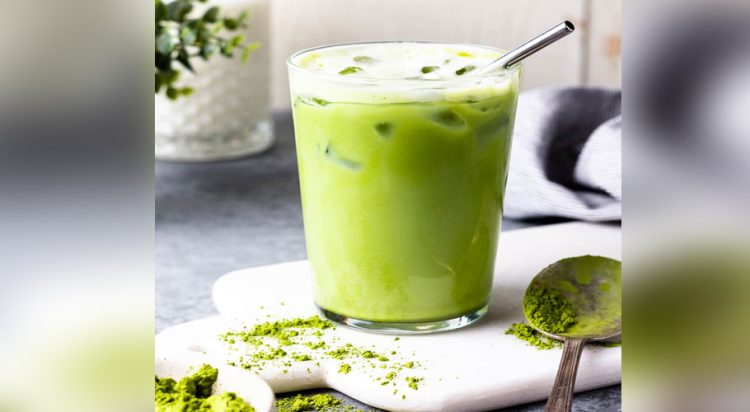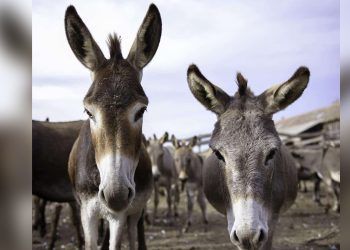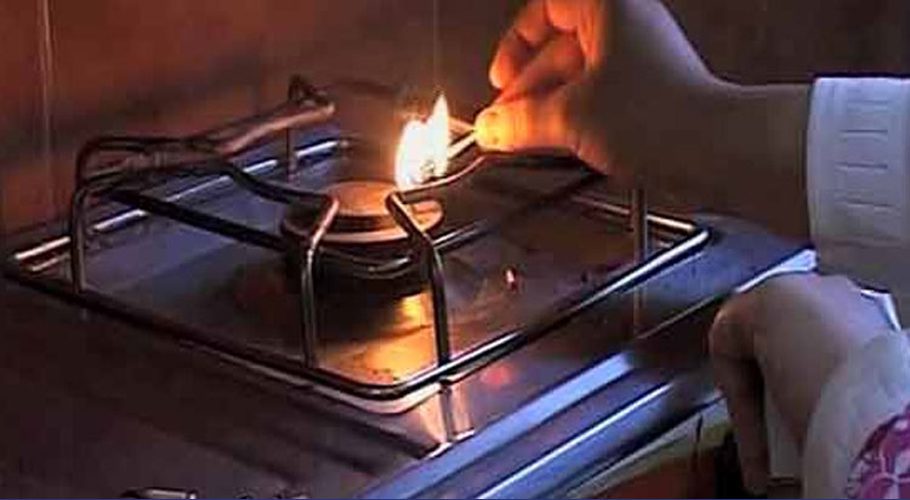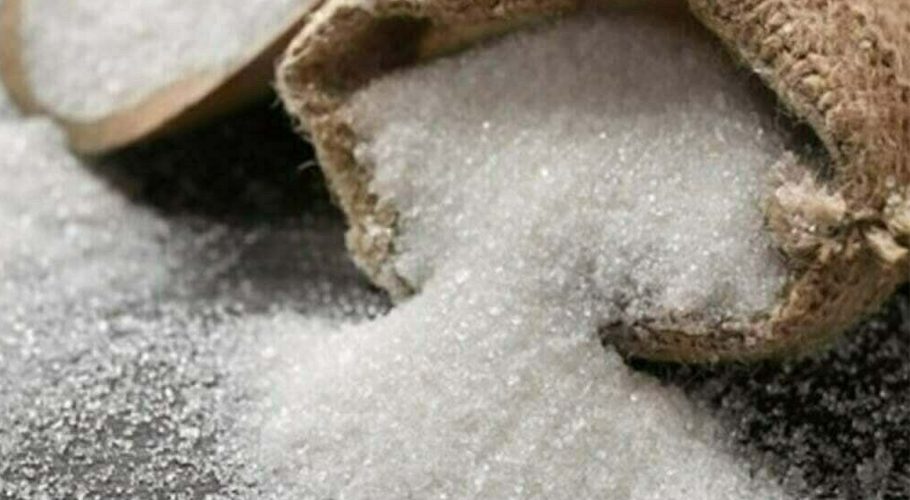Matcha has become a favorite drink in trendy cafes around the world, but Japanese producers are struggling to meet growing global demand.
What is Matcha?
“Matcha”, which means “ground tea” in Japanese, a fine, bright green powder that is immersed in hot water and is also used in “Matcha lattes” when mixed with milk.
Historically, green tea was introduced to Japan from China in the 9th century and was originally used medicinally.
Matcha is said to have originated in Kyoto in the 16th century when the great tea master Sen no Rikyo established the tradition of tea ceremony. Nowadays, matcha comes in different grades, “ceremonial” and “culinary,” for use in cooking.
How is it made?
Matcha is made out of the leaves of the tancha, which are given extra time in the shade before harvesting to deepen color, enrich taste, and increase nutritional value. A special structure equipped to filter light is built for this purpose.
Once tancha leaves are picked by hand, they are separated from the veins, steamed, dried, and then finely grinded using stone mills.
What are the benefits?
Matcha is rich in antioxidants, and the presence of caffeine helps to increase focus. As far as caffeine is concerned, an average cup contains 48 mg which is more than green tea but slightly less than coffee.
Why is it so popular?
In 2023, Japan produced 4,176 tons of matcha, three times more than in 2012. More than half of the production was exported to the United States, Europe, the Middle East and other regions. Millions of videos on social media show how to make matcha, and the younger generation has quickly spread the trend.


































